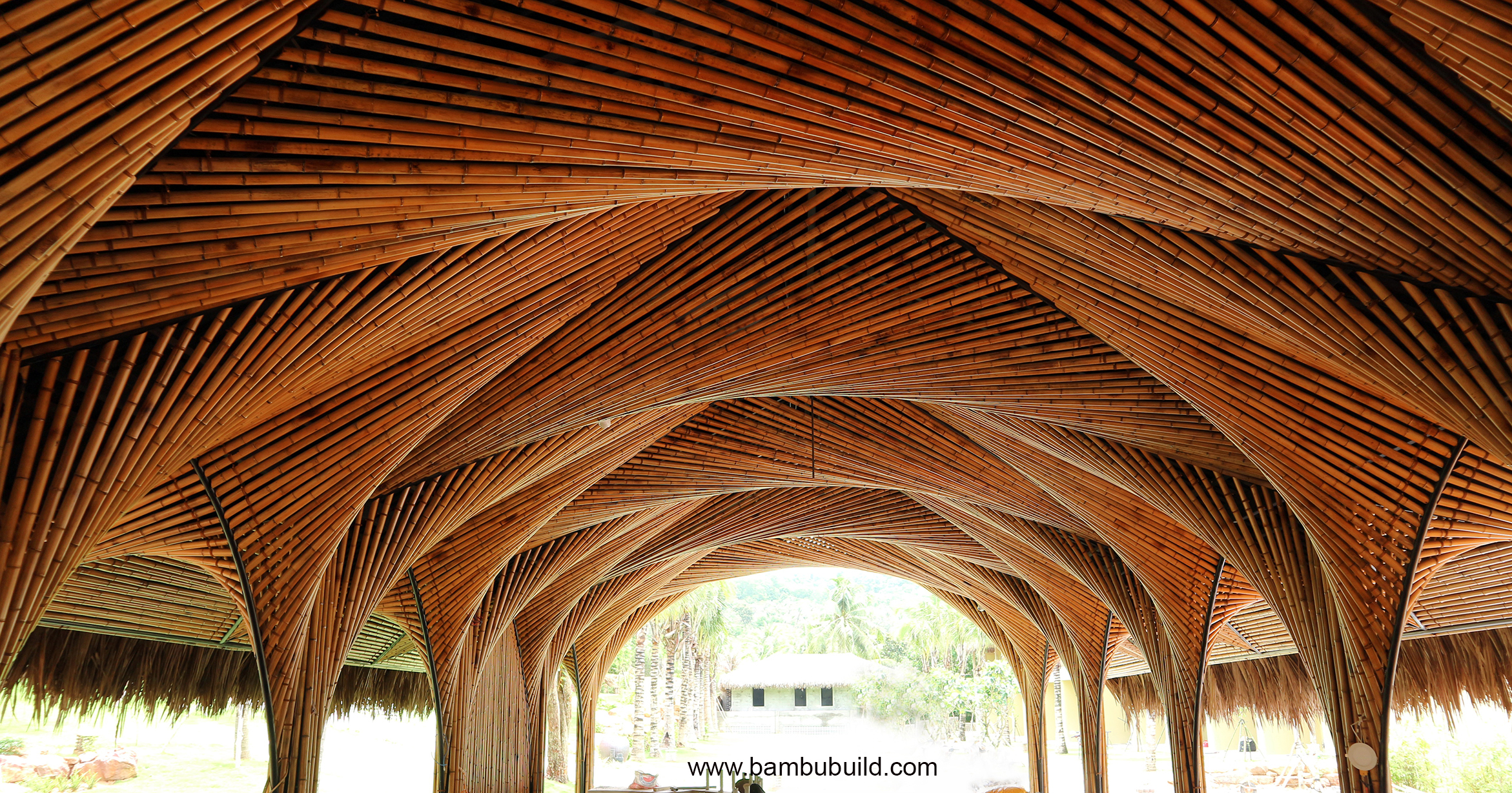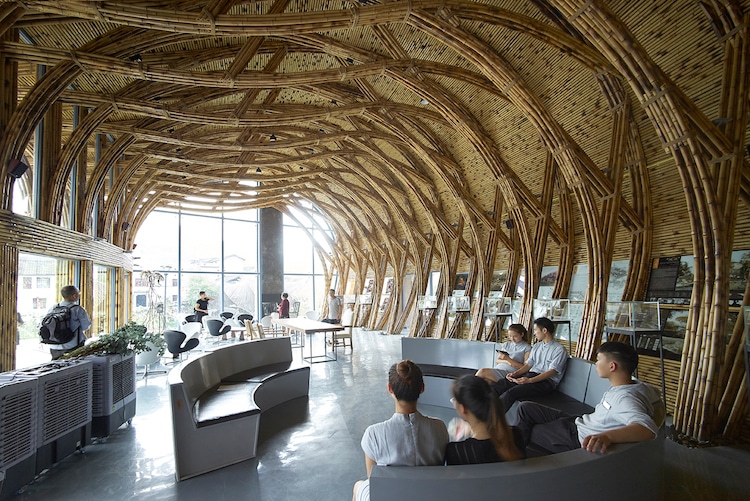Bamboo Architecture
Bamboo Architecture
Once thought of as the building material of the poor, bamboo is now being used more prominently in all types of architecture. From houses to business buildings, there are more and more places that are being built with bamboo as a main material or at least an accenting material of the architecture.
Ancient Bamboo Architecture
In the past, bamboo was not known as a premium building material. In most cultures that used it, from China to India, the poorest people were the ones who used bamboo as building material for their homes. While it is true that bamboo is an easily renewed, inexpensive resource, it is being cultivated to become more mainstream in places like Western Europe and all over America.
Renewable Resource
Unlike wood, which can take between twenty and sixty years to mature to the stage where it can be harvested, bamboo takes a very short amount of time to regenerate in comparison. Most species of bamboo that are used in architecture can be harvested after three to six years of growth. The quickest growing species of bamboo can grow up to one meter a day, and reach full growth within two months time. This makes bamboo the most efficient renewable resource, especially in today’s world where wood is becoming scarcer.
Structural Characteristics
Bamboo is a unique building material in that it is strong in both rigidity and density. While tensile strength remains the same throughout the age of the bamboo plant, the plant fiber strength increases as it gets older. There is some controversy in determining proper testing protocols though and is still under debate. To utilize bamboo to its utmost potential, several conditions are important to consider. One factor is that bamboo grown on slopes is stronger than bamboo grown in valleys, and that bamboos that grow in poor dry soils are usually more solid than those grown in rich soils. Bamboo also shrinks diametrically, and that should be taken into consideration.

There are certain limitations of the use of bamboo in construction due to the nature of the plant. The starchy interior is attractive to insects, and if not treated can rot, and fill with insects. In addition, because bamboo has a slick waterproof coating, it cannot be painted very easily, but it can be accomplished with the right types of paint. Bamboo architecture is growing in popularity. It has gone from the building material of the poor to the choice of architects and artists with rapid ambition. While the world isn’t yet ready for whole cities made out of bamboo, it is certainly ready for homes made of it, and it seems to be coming in the near future.
Nitin Mishra
IVS Faculty Pitampura

Hi there, for all time i used to check website posts here early in the morning, because i enjoy to gain knowledge of more and more.
At this time I am going away to do my breakfast, when having my breakfast coming again to read other news.
Do you mind if I quote a few of your posts as long as I provide credit and
sources back to your site? My blog is in the very same area of interest as yours and my users
would certainly benefit from a lot of the information you provide here.
Please let me know if this alright with you. Regards!
Aw, this was an extremely good post. Taking a
few minutes and actual effort to create a very good article…
but what can I say… I procrastinate a lot and don’t seem to get anything done.